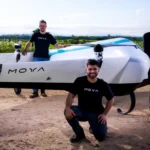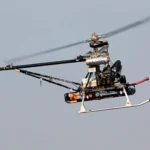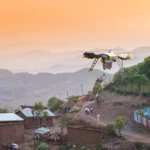Since the Royal Decree-Law 1036/2017 from the 15 of December in 2017, the harsh and former restrictions to fly these unmanned aerial vehicles (UAV) have been eased, and given way to its use in all kinds of environments and situations. Drones have gone from being considered an entertainment to being a great tool in many complicated dangerous situations, such as search and rescue missions (SAR).
The use of drones in emergencies and security
Contrary to what it might seem, the most common situation of a rescue is not of a mountaineer in an area of extreme difficulty, but of a hiker in an accident in a place that has difficult access.
All search and rescue operations, whether at sea or in the mountains can become a great challenge for a rescue team, for that reason all help in the operation is essential, so that the rescue has the least possible number of incidents.
Each second in a rescue counts and each minute gained can become the difference between life and death. The use of drones for these kinds of operations can be decisive when it comes to being on time and avoiding incidents. This type of technology has a big role in these critical and decisive moments. The unmanned aircraft are tasked with providing security surveillance and monitoring, reaching the rescue areas before the recovery teams, both air, sea and land, providing a complete picture of the situation that would help develop the most appropriate response at all times. If that was not enough, it also allows the delivery of essential light items to remote or difficult access areas.

At Embention, we use state-of-the-art technology integrated in our autopilots, so that the efficiency is total and the rescue is the safest as much for the injured as for the people of the rescue service. We have many projects on go such as Defidrone, which creates a rapid response network by transporting defibrillators to difficult access areas.




